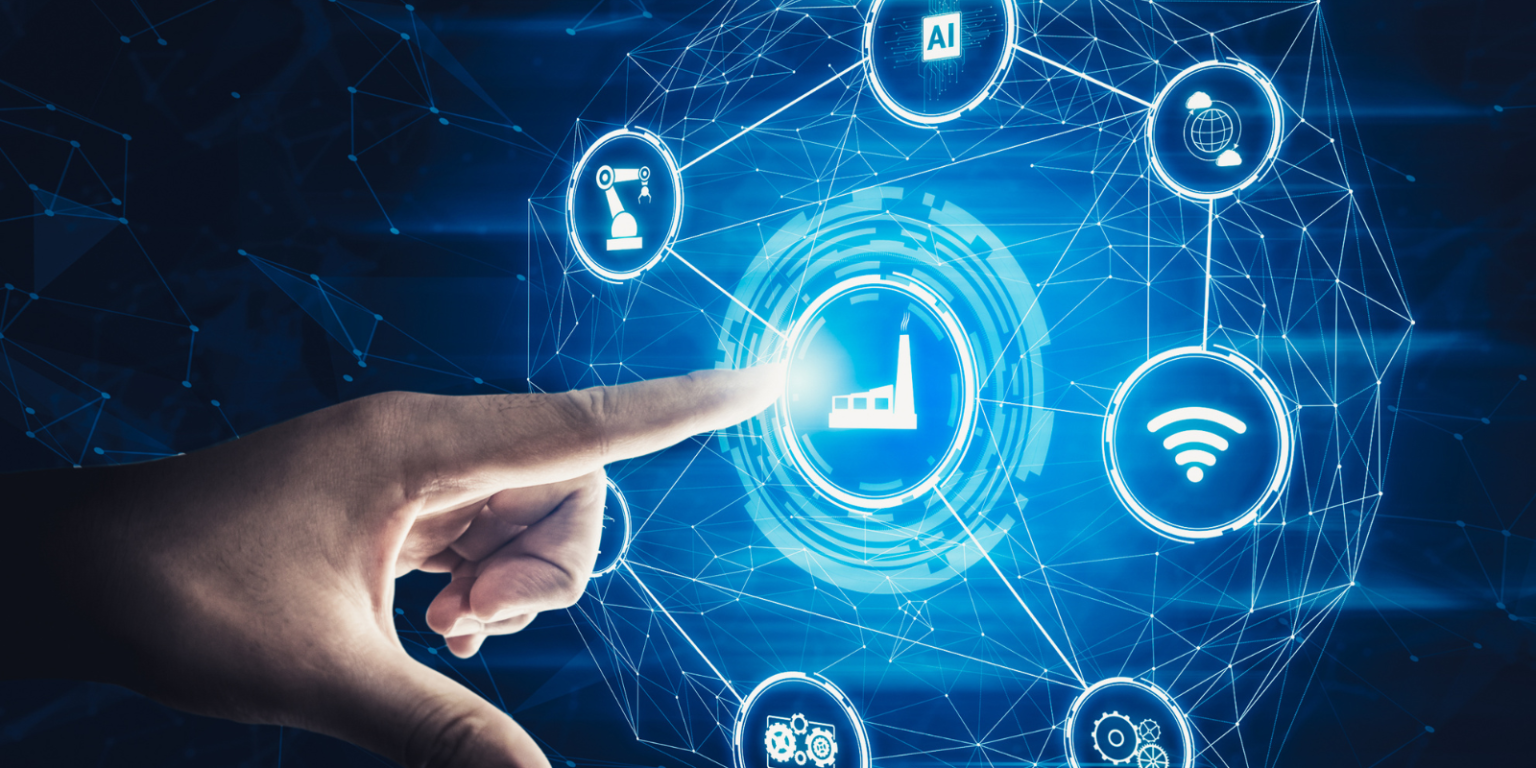Table of Contents
- Enter Digital Adoption Platforms
- Reactive vs Proactive
- What Does This Mean?
- A Concurrent, Complimentary Revolution
- Oracle HCM Implementation: Steps & Best Practices 2025
- ERP Implementation: Steps, Challenges & Best Practices
- 9 Change Management Strategies for Smooth Transitions
- Oracle HCM Implementation Challenges
Across industries, there is a rising need to improve customer service and operational efficiency – which, in turn, is causing businesses to focus on increasing worker productivity with the help of software. As a result, many software categories are incorporating AI and machine learning into their offerings, aiming to move from reactive features to those that are more proactive.
Consider customer support tools. In the early days of these offerings, businesses relied on conventional methods to meet user demands, typically phone calls or in-person support. However, these approaches came with obstacles most users remember all too well: long response times, inaccessible solutions, and challenges managing and tracking user inquiries.
Over the past several years, customer support software has integrated various types of artificial intelligence – think chatbots and natural language processing – to automate the kinds of routine queries that previously took precious time away from organizations and their customers. Ultimately, these automation have improved response times and streamlined processes, enabling quicker, more convenient customer service.
We are seeing similar advances in other applications that are not directly customer-facing – for example, predictive procurement, which enterprise buyers use to predict pricing for critical supplies, thus speeding up and streamlining negotiations with suppliers and real-time dynamic route-mapping for logistics organizations. These advances serve the same ends – improving customer service and operational excellence.
Enter Digital Adoption Platforms
As organizations dive further into digital transformation, one thing has become abundantly clear: to truly drive meaningful change, you need a high level of user adoption. For this reason, digital adoption platforms (DAPs) will remain critical partners in this process.
A digital adoption platform (DAP) is a guidance layer atop any web-based application. It’s designed to provide a seamless learning experience to application users through step-by-step on-screen walkthroughs. Think of it as a virtual assistant designed to help users navigate new and existing software adopted by their organization. DAPs save time and money on training while empowering users with the knowledge they need, when and where they need it.
Reactive vs Proactive
DAPs’ increase in popularity has coincided with the software sector’s overall expansion into markets that include AI and machine learning. Like other software industry segments, the DAP sector is moving from reactive to proactive features by integrating these new capabilities.

Reactive DAPs offer static tooltips and basic user analytics. On the other hand, proactive DAPs provide intelligent, contextual insights when needed, predict future issues, and eventually generate predictive algorithms from learned user behaviors to suggest solutions to users and help prevent mistakes.
This shift indicates what the next generation of DAPs can do for organizations. These new DAPs enable better process compliance and build proactive, goals-based analytics. In our view, it’s safe to say this is the future of the DAP industry.
What Does This Mean?
Proactive DAPs enable more intuitive, better user experiences, reducing friction and increasing user adoption – particularly among those user segments resistant to new software or other related changes.

Proactive DAPs also help close training gaps between remote and on-site workers. Often, remote workers feel undertrained and under-assisted compared to those working in a hybrid or on-site model. As remote workers continue to make up a significant portion of most companies’ workforces, effective onboarding and training are essential not only for onboarding these employees but also for retaining them.
With proactive DAPs, workers are more engaged with the software because they have access to the type of training they need to utilize the tools to the fullest extent. As a result, organizations are better equipped to improve customer service, operational efficiency, and revenue.
A Concurrent, Complimentary Revolution
The future of DAP will mirror how major enterprise software vendors embed AI and machine learning into their apps. It’s already begun – consider how CRM applications use generative AI to create automated, personalized emails or how HR applications automate parts of the recruitment process, like resume screening.

Few DAP vendors are beginning to support and embrace AI and machine learning, but Apty is taking the lead. This is most definitely a space to watch. From high-quality employee training to internal tracking and benchmarking, there are many exciting use cases for these integrations. The DAP space will follow suit as enterprise software embraces this new technology.


